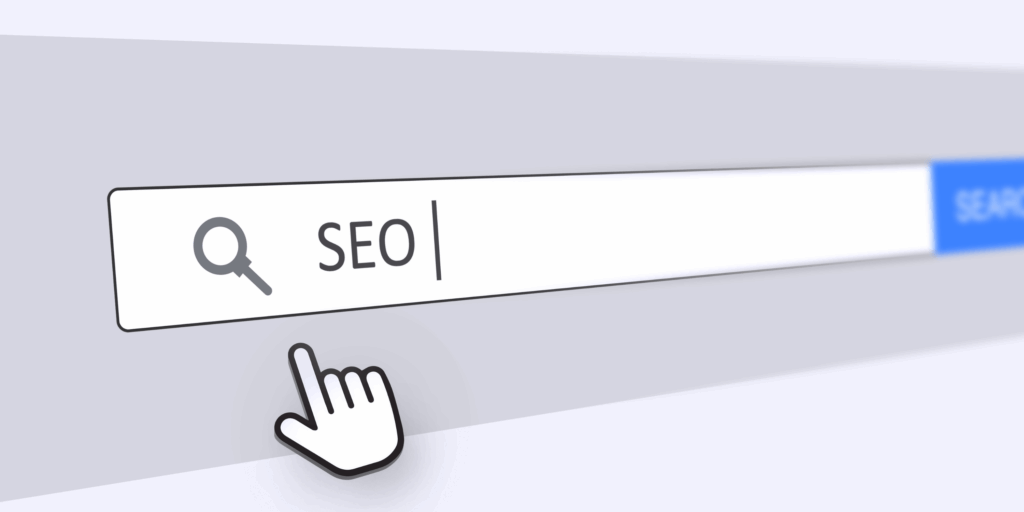
If you have been in SEO long enough, you know the pendulum swings often.
One year it is all about keywords. The next year it is all about links. Then it is structured data. Then it is Core Web Vitals. And somewhere in the middle, Google keeps reminding us to “just create good content,” which is accurate but not particularly actionable.
Fast forward to 2025, and another shift is happening right under our noses. It is not new, but it is something Google is leaning on more heavily now that AI powered search experiences are reshaping results.
Both still work. Both have a place. But one is clearly winning in a world dominated by AI retrieval models, entity understanding, and user intent signals that evolve daily.
Let’s break down the real difference, why clusters are outperforming lists, and how to build them with 2025 level strategy, not 2018 advice.
The Keyword List Problem No One Talks About
Keyword lists used to be the backbone of SEO. You found a set of high volume terms, sprinkled them into content, checked their density, and moved on with your day. Even in the 2020 to 2022 era, brands were still using spreadsheets of hundreds of keywords as their content roadmaps.
The issue is not that keyword lists are “bad.” The issue is that search engines no longer behave like databases of phrases.
Google is not matching words. Google is matching meaning.
Here is what goes wrong with keyword list strategies today:
-
They create isolated pages that do not support each other
-
They assume every keyword represents a unique intent
-
They generate content overlap that confuses crawling and ranking
-
They ignore entity based relationships that Google relies on
-
They pull you toward volume, not depth or authority
-
They produce pages that do not earn internal link equity strategically
In a list driven strategy, every piece of content competes alone. In a cluster strategy, content works together.
That difference matters now more than ever.
Topic Clusters Fit How Google Understands the World
Topic clusters revolve around a simple concept: instead of making 50 random pages, you build one strong topic with surrounding, supporting content that covers every angle the user or the search engine cares about.
Think of it like creating your own mini Wikipedia section on a subject.
A topic cluster usually includes:
-
A “pillar page” that covers the broad concept at a high level
-
Supporting cluster pages that answer every subtopic in detail
-
A tight web of internal links that show hierarchy and intent
-
Clear relationship signals that help Google associate your site with that topic entity
Here is where it gets interesting.
Since 2023, and very noticeably in 2024 and 2025, Google has been relying more on:
-
Entity graphs
-
Semantic relationships
-
Topic depth
-
Contextual proximity
-
Query expansion through AI models
-
Real world user behavior patterns
This means Google is evaluating the topic, not the individual keyword.
So which architecture mirrors that?
Not keyword lists.
Topic clusters.
Why Topic Clusters Are Winning the Ranking Battle in 2025
Here is what is happening behind the scenes that gives clusters the advantage.
1. Google’s AI search systems prefer depth, not scattered content
Rank Brain, BERT, MUM, and the newer Gemini driven ranking layers have all been trained to interpret context, not just matching queries to words.
The more related content you have around a subject, the easier it is for Google to conclude you know what you are talking about. This strengthens E E A T signals automatically.
2. Clusters help with retrieval in AI summaries and rich results
When Google generates AI snippets or uses large language models for contextual answers, it pulls from sources that have:
-
Comprehensive coverage
-
Strong semantic networks
-
Dense internal link relationships
Cluster based sites get selected more frequently because they are structured in a way that resembles AI training data.
3. Internal linking becomes a ranking weapon
Keyword list strategies create orphaned content. Cluster strategies create intent pathways, which are exactly what Google uses to understand hierarchy and authority.
With clusters:
-
The pillar page earns backlinks
-
Link equity flows outward
-
Cluster posts strengthen the pillar
-
The topic becomes defensible and harder for competitors to disrupt
This compounding effect boosts entire sections of the site, not just single pages.
4. You align perfectly with multi intent and conversational queries
Users no longer search “best running shoes.” They search:
-
“What shoes are best for shin splints”
-
“Do zero drop shoes help knee pain”
-
“Best shoes for overpronation for beginners”
Clusters cover every angle of a topic. Keyword lists rarely go that deep.
5. Clusters future proof you against search volatility
When Google updates its algorithms, content with:
-
strong semantic alignment
-
robust internal linking
-
consistent intent coverage
-
depth over breadth
survives better.
Keyword list sites get hit harder because they rely on volume instead of hierarchy and topical authority.

So Which Wins in 2025?
For most industries, topic clusters win by a large margin.
But keyword lists are not dead. They just serve a new purpose.
Here is how they work together in 2025.
Keyword Lists Are Now Your Input. Topic Clusters Are Your Output.
Keyword lists are still useful, but not as a content plan. Instead, they help you:
-
discover what people are searching for
-
identify long tail opportunities
-
uncover semantic relationships
-
guide the grouping of cluster subpages
Think of the keyword list as ingredients.
The cluster is the recipe.
You would not serve someone a bowl of raw flour. Same idea.
How to Build a Topic Cluster in a 2025 Friendly Way
Here is a roadmap that reflects how SEO actually works now.
1. Define the core entity
Example: “Marketing Automation”
Not the keyword. The topic.
2. Identify subtopics based on intent, not search volume
Subtopics might include:
-
lead scoring models
-
workflow automation
-
CRM integrations
-
AI email sequencing
-
attribution inside automation platforms
-
segmentation logic
Each becomes its own detailed cluster page.
3. Build the pillar page last, not first
This surprises people, but it is ideal.
Once you write the subpages, you understand the topic deeply. Then your pillar becomes stronger, more complete, and more linkable.
4. Internally link with intention
Not random linking.
Not linking “because you should.”
Link based on:
-
parent to child
-
child to parent
-
sibling to sibling
-
concept to concept
This creates the semantic web Google loves.
5. Go deeper than your competitors, not broader
Depth beats volume.
Expertise beats coverage.
If your competitors write 1,200 word pieces, you write:
-
the guide
-
the playbook
-
the frameworks
-
the examples
-
the data driven angles
-
the real world use cases
Topical authority is won through completeness.
In 2025, the SEO world finally accepts what Google has been hinting at for years.
User intent is not a keyword list.
Topical authority is not built from isolated pages.
Semantic understanding does not come from thin content.
The strategy that wins is the one that aligns with how search engines understand the world today. That strategy is the topic cluster.
Keyword lists still matter, but only as raw material. Clusters are the architecture that drives rankings, improves retrieval in AI summaries, and makes your content harder to outrank.
Ready to jumpstart your SEO efforts? Get in touch with our team today to get started!




